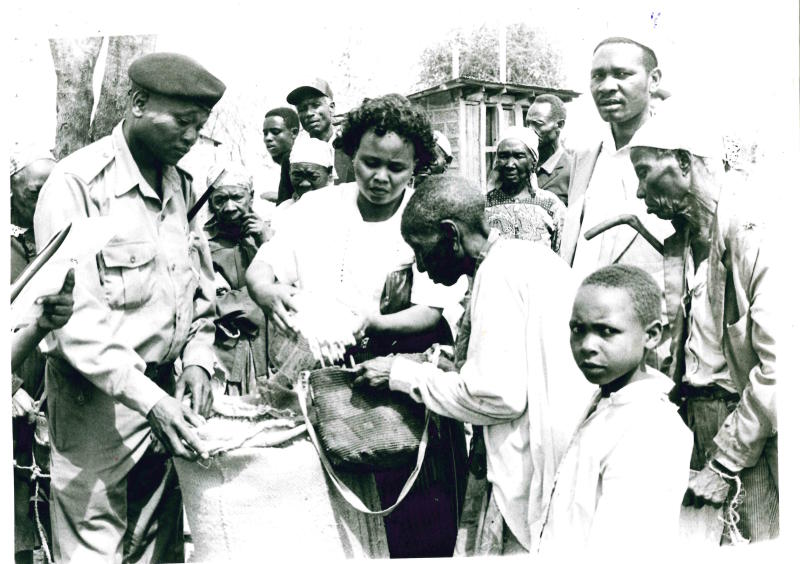×
The Standard e-Paper
Home To Bold Columnists

A warning by experts that hard times lie ahead should the current drought persist is a cause for alarm.
According to specialists within and outside government, the famine being experienced in some parts of the country has the potential of escalating into an emergency if the October and November short rains fail.